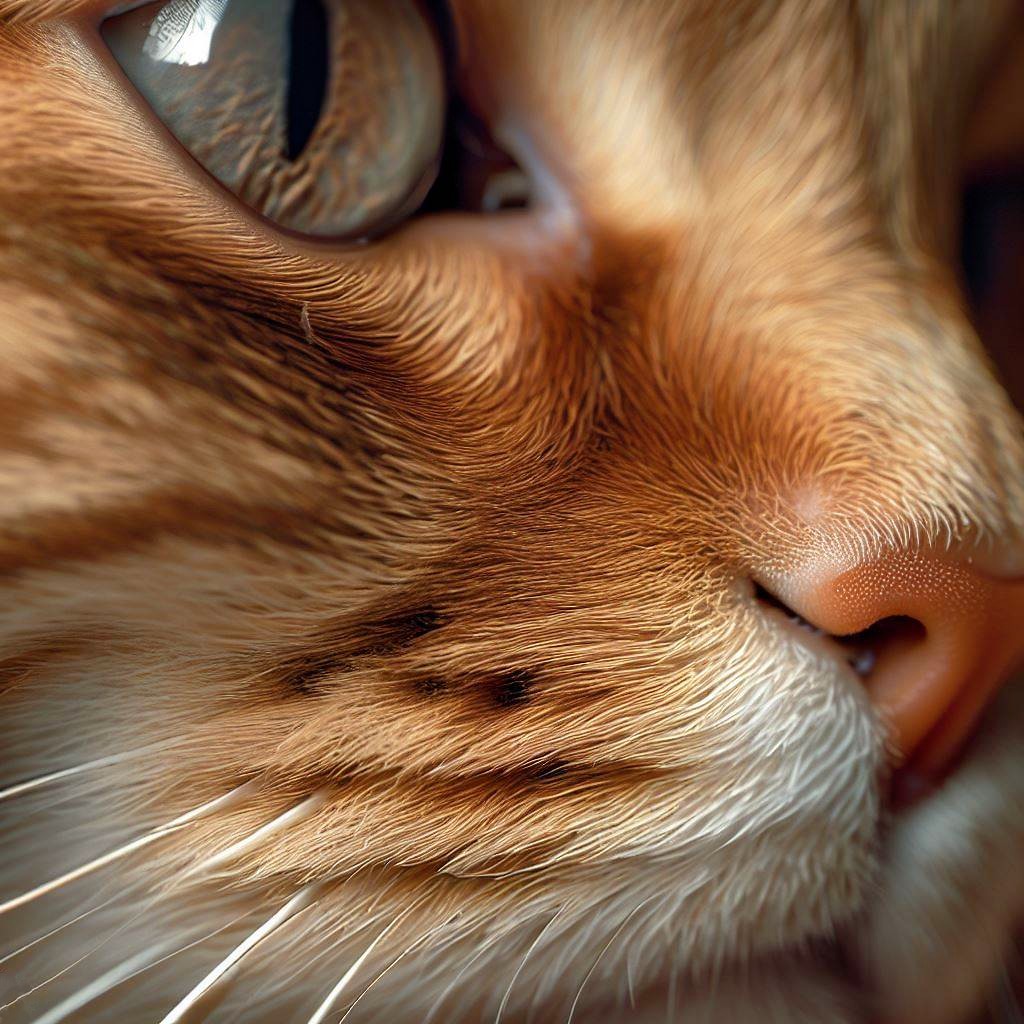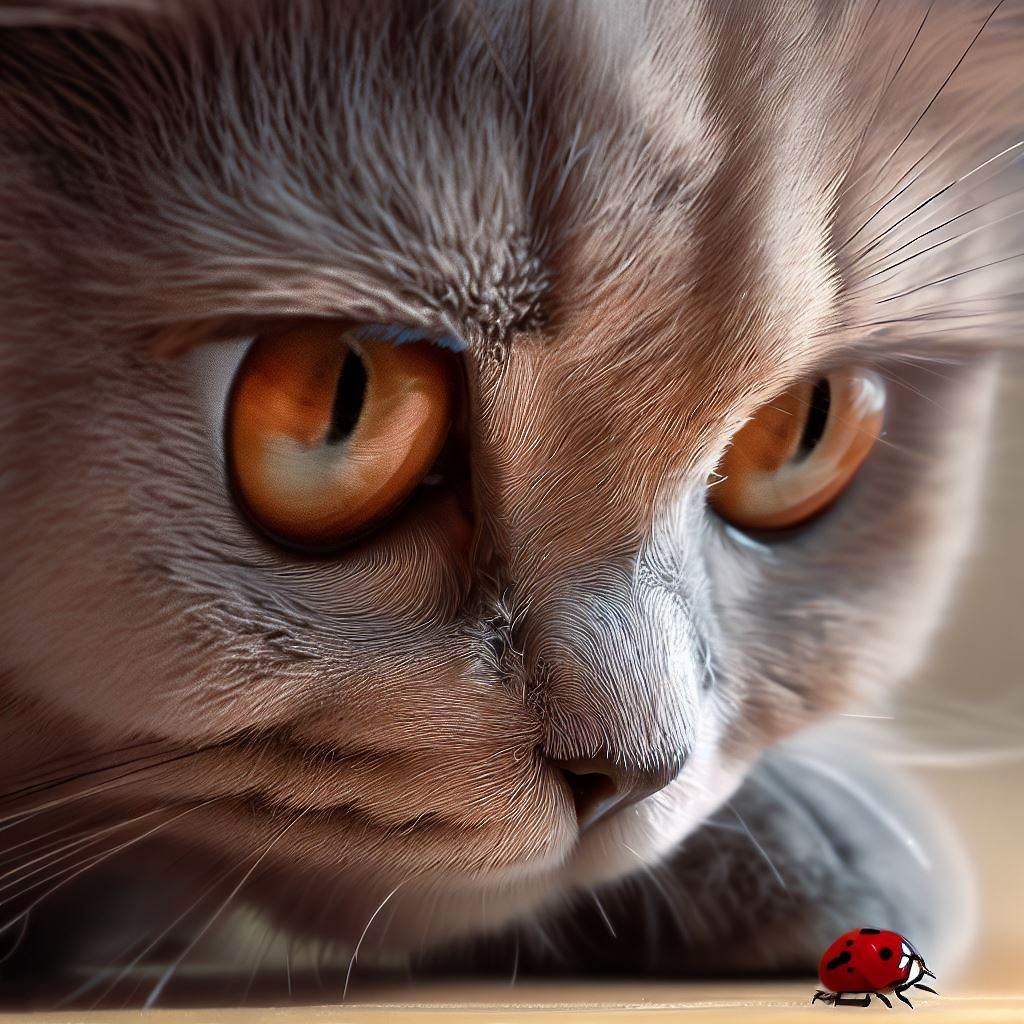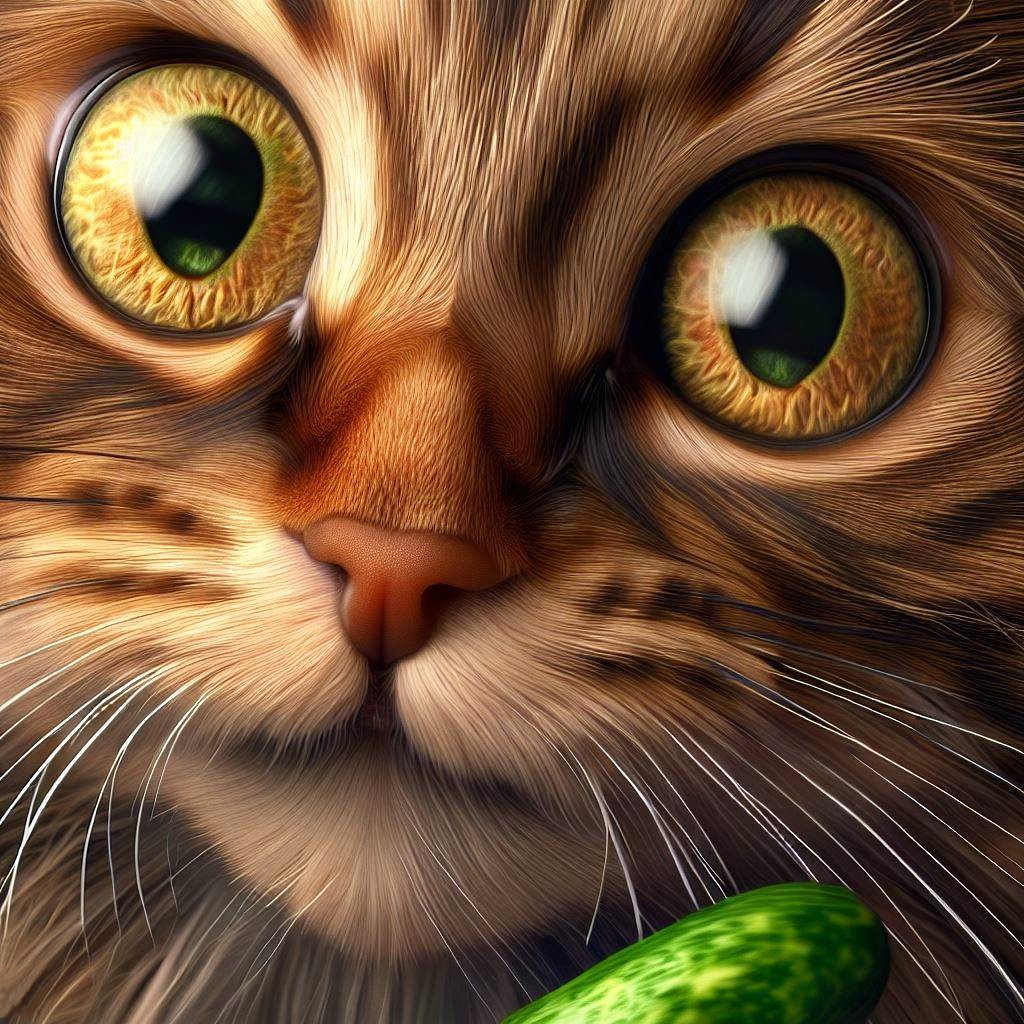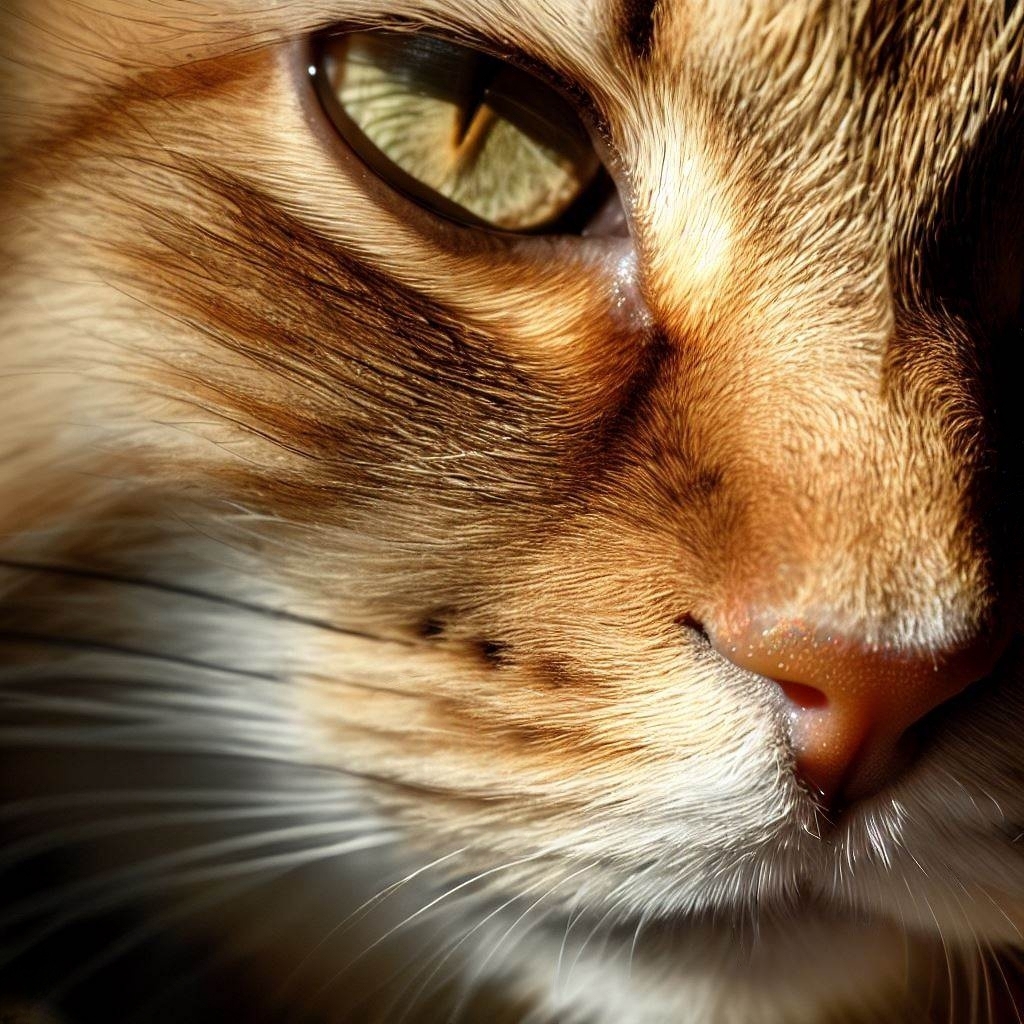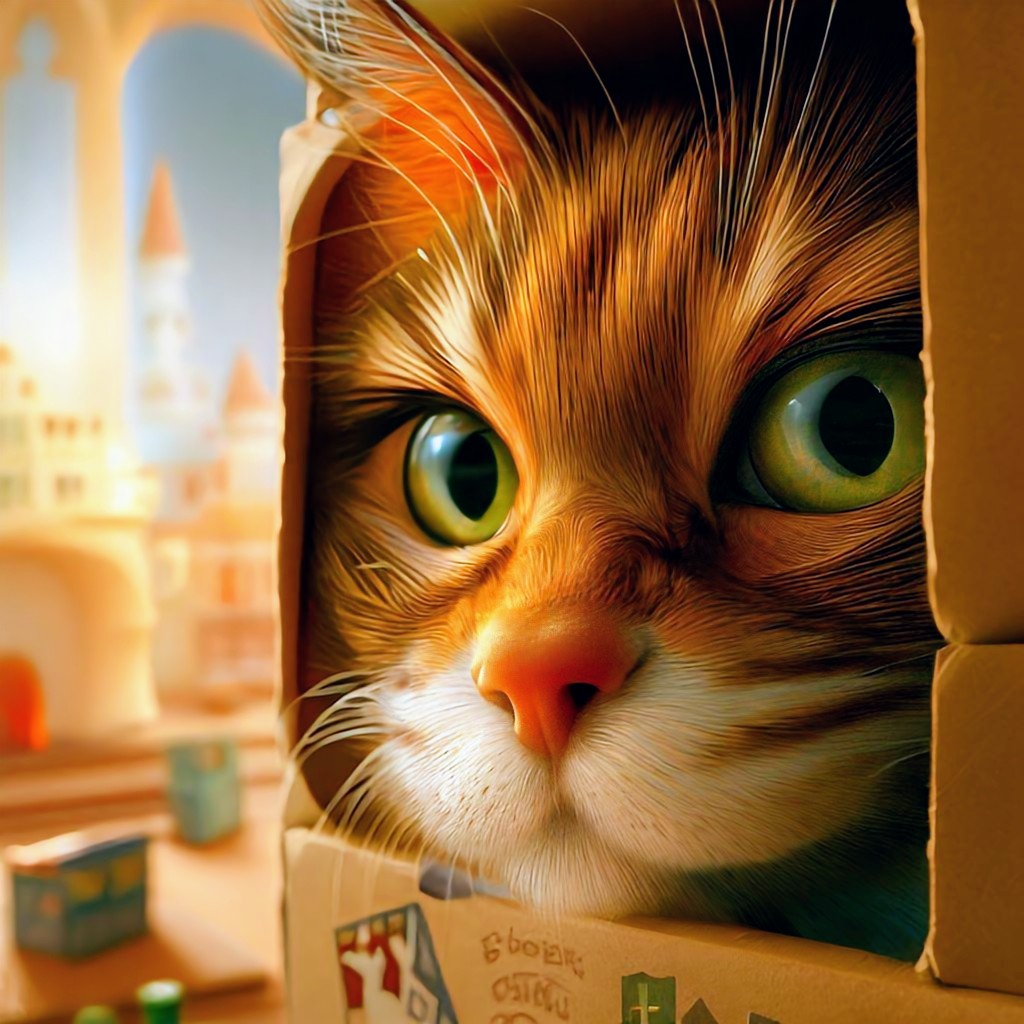The feline species – a tantalizing tapestry of grace, poise, and irresistible charm. A subject of countless lore, superstitions, and admiration in cultures around the world. Their mysterious aura, combined with their playful yet regal demeanor, has made cats one of the most adored creatures on the planet. But beneath their cuddly exterior and captivating eyes lie many secrets. One such secret, often overlooked, is their whiskers. While most of us are familiar with the facial whiskers of cats, did you know that they also sport whiskers on the backs of their front legs?
Cats have forever been an enigma, with their inscrutable expressions and their independent streak. From their deft hunting skills to their graceful agility, there is much about these creatures that fascinate us. Yet, one of the most intriguing attributes of our feline friends is hidden in plain sight. Underneath the charming whiskers, resides an identifying feature as unique as human fingerprints – their noses. Here, we delve into this captivating aspect of cat biology and what it means for our understanding of these captivating creatures.
Cats—mysterious, charming, and known for their selective sociability—are one of the most loved pets globally. Their language is a symphony of purrs, hisses, and meows, each note tuned to a specific message. As cat lovers, understanding these feline vocalizations can enhance our bond with these enigmatic creatures, allowing us to respond to their needs more accurately, ensuring their happiness and wellbeing. Join me as we decode the many meows of cats, shedding light on these secret serenades.
Ever watched your feline friend stare, wide-eyed, into the abyss of the night, where you perceive only darkness? Or noticed them following an unseen entity in broad daylight? These intriguing behaviours are a window into the intriguing realm of feline vision – a sensory experience vastly different from our own. Today, we embark on a captivating journey, exploring the unique ways cats perceive their surroundings.
In the infinite digital universe of cute and bizarre animal videos, one peculiar trend has captured the internet’s collective fascination: Cats and cucumbers. At first glance, it seems like a strange pairing. The footage usually shows a tranquil feline enjoying a meal or a moment of leisure, only to leap into the air, startled, upon noticing a cucumber innocently placed behind them. This odd reaction has left many of us in stitches, but it also raises a multitude of questions. What is it about cucumbers that terrify our feline companions so much? Is it a harmless prank, or does it have deeper implications for our understanding of cats’ behavior and wellbeing?
Cats have long captivated our hearts with their grace, agility, and mysterious allure. Among the many fascinating features of these enigmatic creatures, their unique paw pads stand out as a marvel of evolution. In this blog post, we’ll unravel the secrets behind feline paw pads, delving into their specialized properties and functions, and shedding light on the role these remarkable structures play in the lives of our whiskered companions.
The gentle lick of a cat’s tongue can be a source of comfort and curiosity for pet owners, but have you ever wondered why their tongues feel like sandpaper? This unique texture is a testament to feline evolution and serves various practical functions for our whiskered companions. In this post, we’ll explore the remarkable anatomy of cats’ tongues and delve into the fascinating science behind this distinctive adaptation.
As we observe our feline companions lounging in the sun or purring contentedly in our laps, it’s easy to forget the extraordinary hunters that lie beneath their soft fur and gentle demeanor. Cats, with their remarkable hunting abilities and instincts, have fascinated humans for millennia. Join us on a thrilling prowl into the secret world of feline predators, as we uncover the science behind their stealthy stalking techniques, precise pouncing skills, and learn how to engage their predatory instincts in a safe and enriching manner.
Welcome, cat enthusiasts and curious minds alike! Today, we embark on an enchanting journey to explore the captivating relationship between our feline friends and their unwavering obsession with cardboard boxes. This peculiar love affair, which transcends size, shape, and even the presence of perfectly plush pet beds, has left many of us wondering: what is it about these humble, unassuming boxes that makes them simply irresistible to our furry companions?
As any cat owner knows, our feline friends have an uncanny penchant for scaling towering bookshelves, perching on top of refrigerators, or napping in the highest nooks and crannies of our homes. This fondness for heights is deeply rooted in their evolutionary past, and understanding this instinctual behavior can help us create an environment that caters to their natural inclinations.


